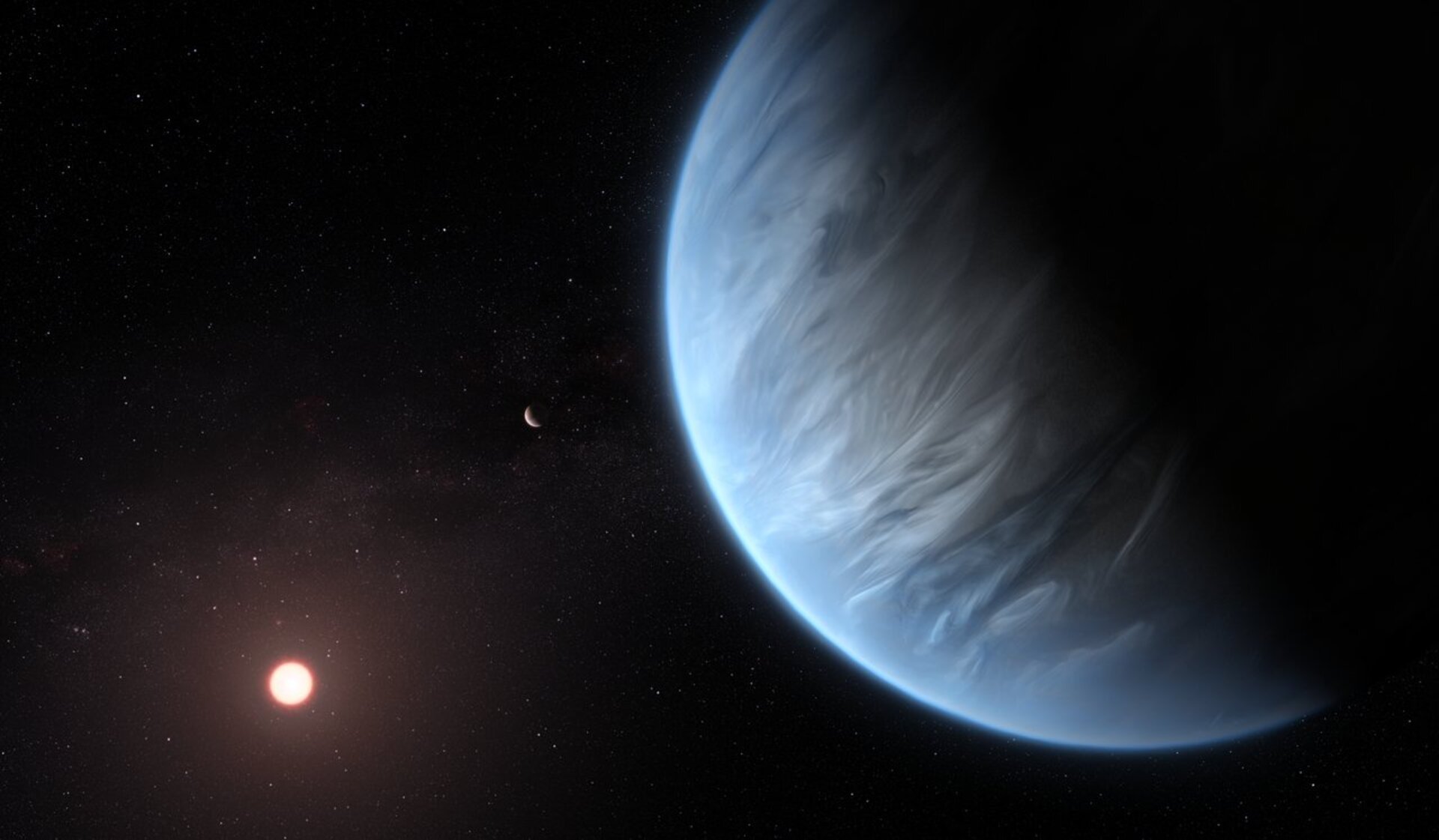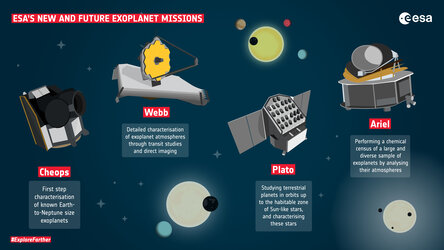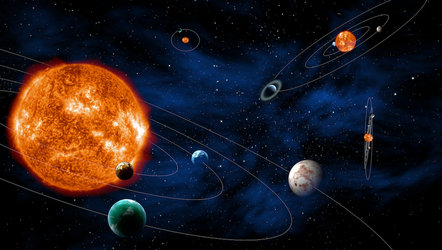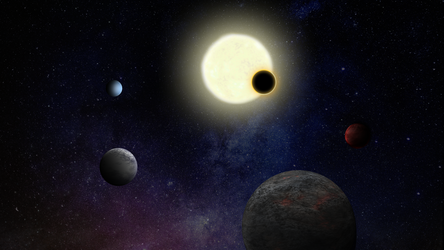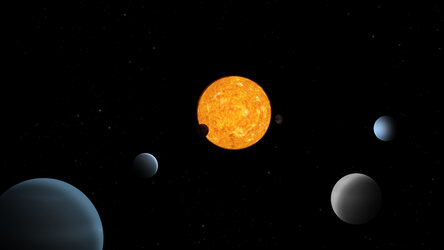Planets in the habitable zone
Not too hot... not too cold... just right! In our search for extraterrestrial life we need somewhere to start, and if life out there looks anything like it does on Earth, liquid water is indispensable. That is why scientists came up with the concept of the habitable zone, the region around a star where the temperature is just right for liquid water to exist on the surface of a planet.
The habitable zone is nicknamed the ‘Goldilocks zone’, after the story of Goldilocks and the three bears. A young girl breaks into the home of a family of three bears and tests three bowls of porridge. One is too hot, one is too cold, the last one is just right. The same goes for planets; liquid water evaporates away from planets that are too close to their parent stars and freezes on the surface of those too distant.

There is no such thing as a standard habitable zone. Stars come in different sizes and temperatures and so habitable zones do too. The Sun’s habitable zone stretches from just beyond the orbit of Venus and just about encompasses Mars. The star in the famous TRAPPIST-1 system is a cool red dwarf and so its habitable zone is wrapped closely around it. The zone around giant hot stars lies much further out.
Stars spend most of their time burning hydrogen in their cores. The starlight we see is the energy that is created in these reactions. Over time this process becomes more efficient, and stars become hotter and brighter. During this evolution, the habitable zone shifts outwards from the star.
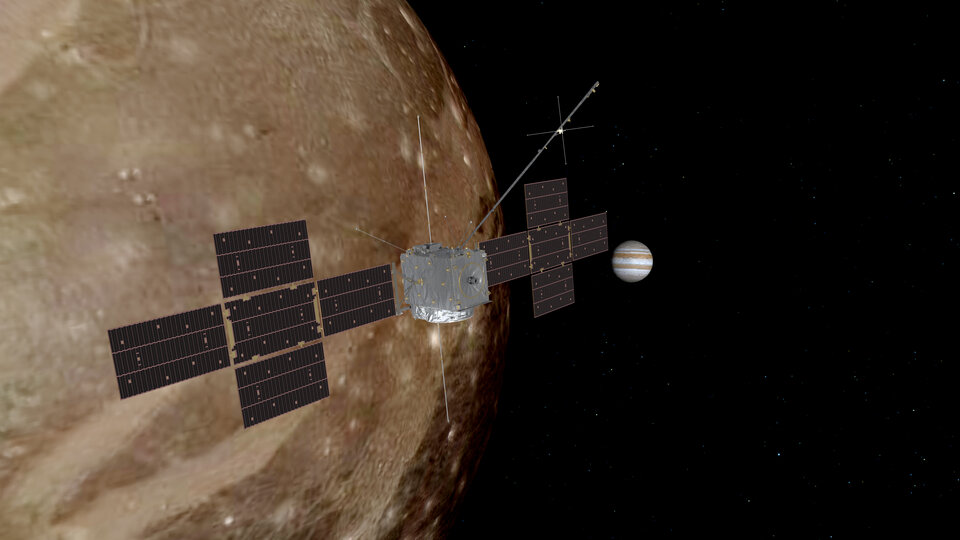
Whether we are talking about porridge or planets, life on Earth prefers a moderate temperature. However, planets do not need to lie in the habitable zone to host liquid water. It is believed that the icy moons of Jupiter (Ganymede, Europa and Callisto) could host liquid oceans underneath their icy crusts. ESA’s Juice mission will investigate whether these icy moons could ever have hosted life, even though the Jovian system lies well beyond the Goldilocks zone. On the other hand, planets in the habitable zone do not necessarily know life. Look at our Moon, located in the zone’s centre just like Earth, but without a lifeform to call it home.
Exoplanets have been discovered inside their systems’ habitable zones, but most of them orbit their stars very closely and are nothing like Earth. ESA’s Plato mission will look for better candidates – Earth-sized planets in the habitable zones around Sun-like stars. Plato aims to find planets with conditions similar to Earth. They are the perfect start in our search for life.


